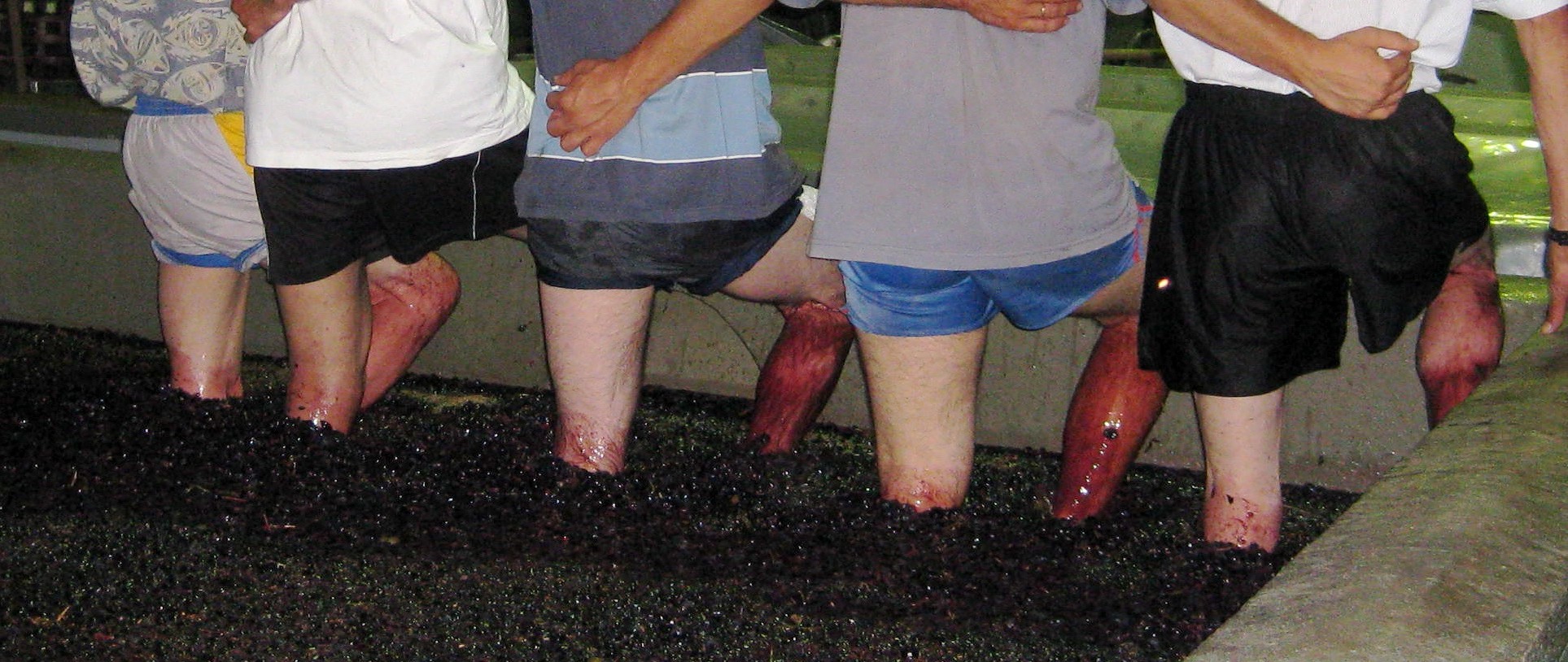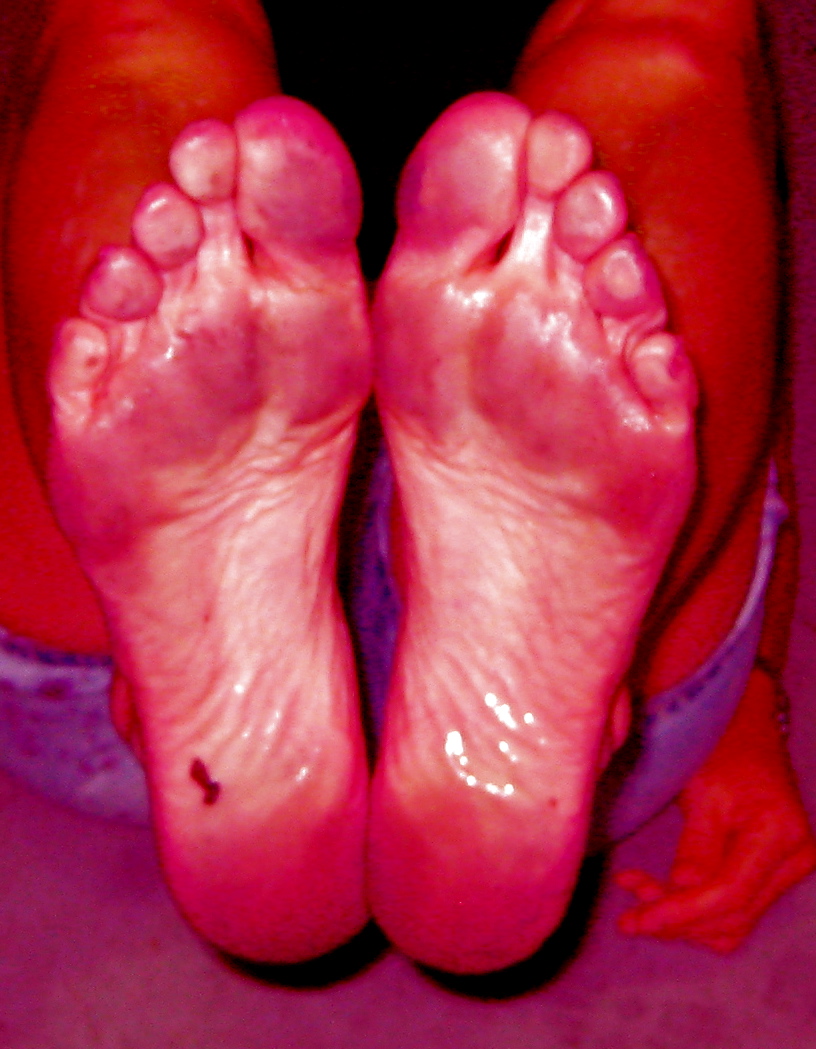“Port is a fortified wine” sounds like a complex concept for many, myself included. This is one of the reasons for writing my blog: to demystify port and how it is made. Since we are a single quinta, a small quality-obsessed winery, we are able to control hands on all aspects of our port making, and are able to share this with our visitors who take our guided tour at the winery and with you through my blog.
Getting back to the fortification process: after the grapes are crushed, the resulting juice containing the fruit’s skins and pits, called must, is transferred to our open vats called lagares, and after 3 to 4 days of fermentation and maceration from foot treading the critical time arrives. When approximately ½ of the natural sugars still remain in the must a 77% alcohol grape spirit called “aguardente” is added to stop fermentation, by killing sugar-hungry yeast and leaving residual sugar behind. The end result is a fortified wine that is sweeter and stronger at 19% alcohol…port.
Leading up to this point samples are taken on a regular basis to measure the sugar level and when the fermentation has used up the calculated amount of sugar, finally a cry calls out to “abrir o lagar” or “open the vat”. Through a gravity flow system the must and aguardente are mixed and flow down to our winery’s lower level. Here we have a room lined with epoxy-lined cement tanks, ready to receive different lots of just-made port.
The leftover pomace, the solid remains of the must left in the lagar, is pressed again, receives a dose of aguardente and then added to the tank. Nothing to lose here! The newly made port is then left to rest for several months. Serious tasting then begins to evaluate which lots to blend together for further complexity to craft a vintage, LBV, ruby or tawny. I consider our winemakers enological disciples of legendary Gustave Escoffier, with their great talents of elevating our ports (instead of cuisine) to always higher quality levels: vive nos enologues Jorge and Hugo and nos portos!
For your information Portuguese aguardente is part of the larger family of distilled spirits to include brandy (interestingly the word derives from Dutch for “burnt wine”), all that are distilled at high temperatures. November’s blog will discuss aguardente sourcing and the obligatory authorization process to purchase the aguardente. Cheers!






